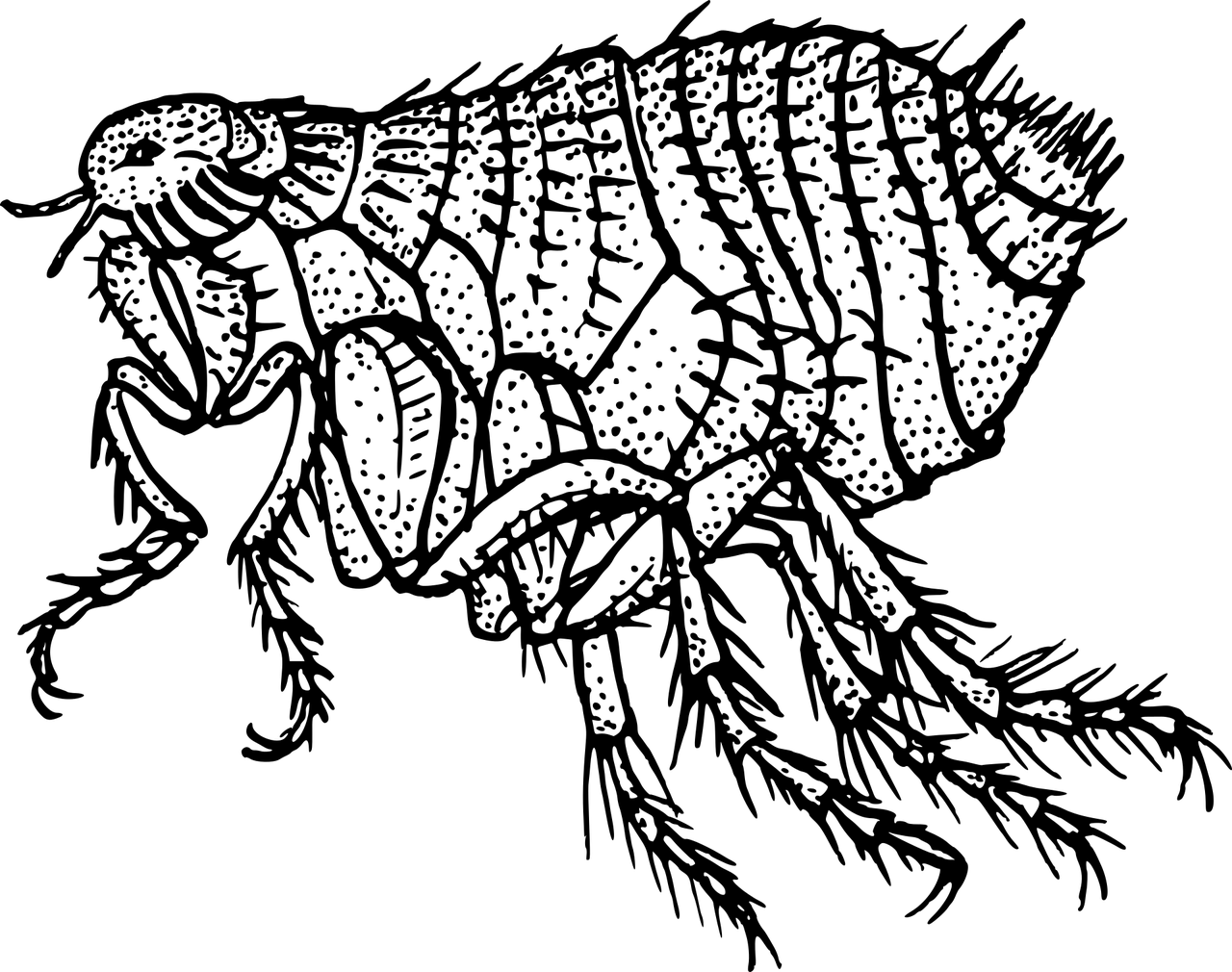I absolutely adore the warm weather we’ve been having, but I do not enjoy what it brings – fleas and ticks.
We have been seeing animals come into the shelter just covered in these bloodsuckers and we have been handing out the flea and tick medication like it’s going out of style.
Fleas and ticks can be a problem for all of us, not just our pets, because they’re not terribly selective about where they get their meals. Humans are just as yummy a treat as our dogs and cats are to a flea or a tick.
And an infestation can be incredibly bad. I’ll never forget a Boston terrier that arrived at the shelter years ago – we were actually in the old shelter on Country Road – and he was so infested with fleas, he actually passed away in the kennels overnight, despite being treated immediately when he arrived.
So, truly, fleas can be deadly.
We’ve also seen a rather dramatic increase in Lyme disease in our area, an illness that is brought to us from the tick. Our pets can get it and so can we. I’ve actually talked to more than one person suffering with Lyme disease and as I understand, it’s quite painful.
Being prepared for these parasites is the best way to keep ourselves and our pets safe.
There are a number of products on the market that will help keep fleas and ticks off your pet. Talk to your vet about which one would be best for you. The topical solutions, like Frontline and Advantage, put between the shoulder blades seem to work incredibly well.
I have also heard some folks have found success with natural flea and tick repellants, such as tea tree and lemon oil. Research the natural flea and tick repellants – you might be surprised what you find. I’ll never forget how our one volunteer made up a spray with essential oils for herself and her dog during our annual dog walk – and it worked. Linda, you’re the best!
A word of caution, however, for felines. Cats can be very sensitive to some oils, in fact some citrus oils can be toxic to cats. To be safe, check with your vet to see what he or she would recommend for natural repellants for the feline.
I remember when I was a kid, we’d have nightly tick checks. We used to run through all kinds of fields and woods around our house, so the chance was pretty good that a tick would have found its way to us.
Getting into the habit of checking our pets is probably a good idea. The best way to check for ticks is to use your fingertips to comb through the hair of your dog or cat. Begin at the head and work your way down to the tail.
If you find a tick that’s already bitten in, don’t fear. You can remove it with tweezers, just be certain to remove the entire tick – head and all. Ticks have an annoying tendency to break off when you pull, leaving the tiny – still very much alive – head. The head of a tick can continue to burrow into the skin despite the fact that its body has already been destroyed.
Make sure you get the whole critter, or the problem won’t really be gone.
Itchy yet? Hold onto something, now we’re gonna talk fleas.
To check for fleas, a flea comb can be a pet owner’s dream. These nifty devices show you whether your animal suffers from the itchy affliction. To use the comb, simply sweep it through your pet’s hair from the middle of the back to the base of the tail – be sure to get down into the skin, so the comb can work its magic. Fleas get caught in the teeth of the comb and are pulled out of the hair.
Remember, although they are small, fleas are elusive, so if you don’t find any on the first try, continue to comb through your pet’s hair.
Another sure sign of a flea infestation is black specks on the teeth of the comb that resemble pepper. These little flakes could be flea dirt. To determine if they are, indeed, flea excrement, tap the comb onto a white paper towel until the dirt falls onto it. Sprinkle a few drops of water onto the towel and if the dirt turns a reddish color, it means fleas have set up residence in your furry friend.
Remember, fleas and ticks can come into the house in a variety of ways. Don’t be fooled into a false sense of security that since your pet stays indoors most of the time he is free from the threat of fleas and ticks. Human beings can be a conduit for transmitting these creatures to our animals by bringing in the parasites on our clothes from the outdoors. Ticks have also been found on clothes left to dry on a clothesline.
Fleas and ticks can be holy terrors for people who live with animals, but with the wonderful warm weather upon us, we need to know how to find, treat and get rid of the pesky parasites so we can know victory in the battle with the bug.







